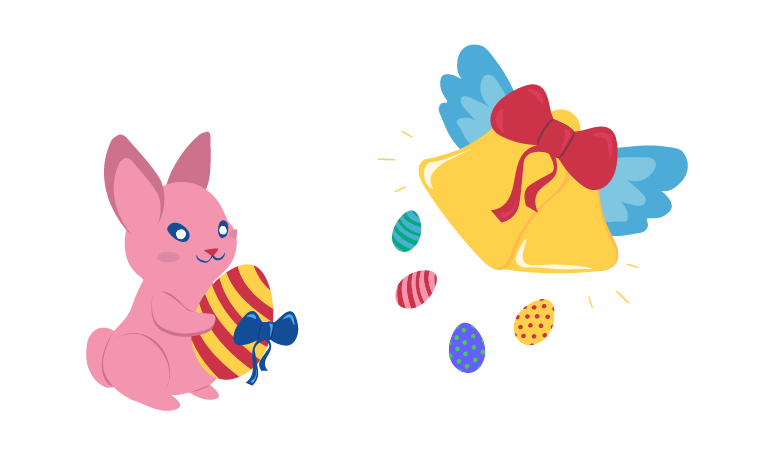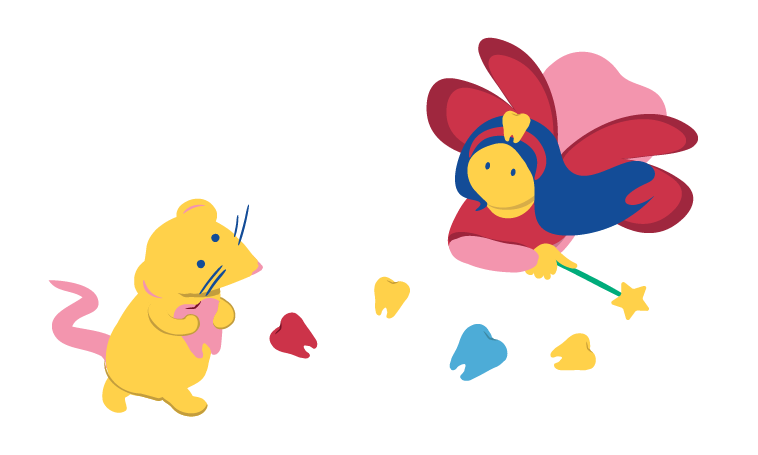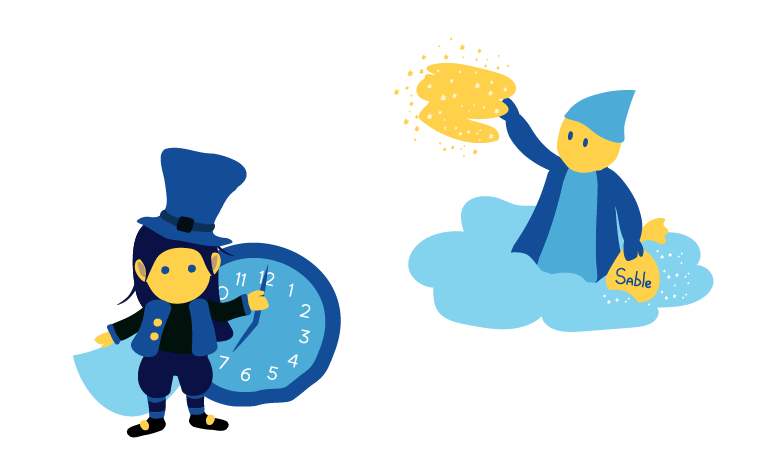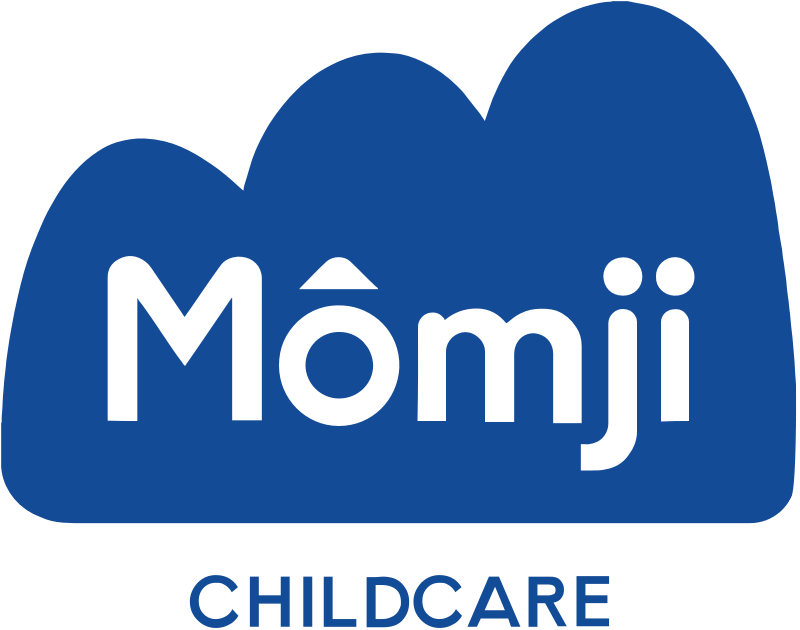Childhood is often filled with mythologies and wonderful stories that help children grow up and gradually come to terms with the adult world. However, depending on your country of origin, you may not have heard the same legends. Between la Petite Souris and the Tooth Fairy, the Easter bells or the Easter bunny the Sandman and the 7 o'clock Man, let's review some classics.
Easter bells VS the Easter bunny

In France, every child knows that the bells bring the chocolate eggs for Easter. This is also the case in Italy, Spain and Belgium.
Indeed, as Easter is traditionally a Christian holiday in these countries, the bells represent the church bells that stop ringing from Thursday evening until they return from Rome on Sunday. For the occasion, they place chocolate eggs, rabbits, chickens, etc. in gardens (or in flats if there is no garden nearby)
In Anglo-Saxon countries, on the other hand, the Easter bunny is in charge of the chocolates, and in Germanic countries, it is a hare. A symbol of renewal, fertility and spring, this animal with big ears mainly hides eggs.
A German legend tells that an old woman, unable to give her children sweets, painted eggs and hid them in her garden. The children saw a rabbit and were convinced that it was the rabbit that had laid the pretty eggs.
In the United Kingdom, the rabbit was the symbol of the goddess Eastre (after whom Easter is named), whom the Saxons honored at the spring equinox. Here too, eggs are hidden instead.
La Petite Souris VS the Tooth Fairy

In France, when children lose a tooth, they put it under their pillow (or in a little box on their night table) for... la Petite Souris of course! It’s la Petite Souris who will collect the tooth and deposit a coin in exchange.
Symbolically, this coin represents the passage from childhood to adulthood (the next teeth will be permanent). Indeed, it is often the first time that children receive money.
The origin of la Petite Souris comes from a French tale from the 18th century: La Bonne Petite Souris. It’s the story of a fairy who changes into a mouse to help a queen defend herself against an evil king. The mouse haunts him by hiding under his pillow and knocking out all his teeth.
In English-speaking countries (again), it is not a mouse that takes care of the teeth but a fairy. Its origin is more recent since it appeared in an article published in the "Chicago Tribune" in the middle of the 20th century. In it, Lilian Brown gave advice to parents on how to prevent children from being afraid of losing their teeth.
To the (quite legitimate) question "What does the Tooth Fairy or the Little Mouse do with collected teeth?", there is not really a universal answer. Some people talk about building a castle, others about a tooth tree... Perhaps the children will know better than we do
The Sandman VS the 7 o'clock man

It's time to go to sleep, the sandman will soon come by. But why would a nice man come and blow sand into the eyes of children to help them fall asleep?
In fact, its origins go back to the end of the 18th century when people used to say "to have sand in their eyes" because their eyes would scratch when they started to feel sleepy. Later, Hoffmann wrote a tale, "The Sand Man" on the subject.
In France, this sandman is friendly and is associated with Nounours and his gang. But in English-speaking countries, the Sandman is more worrying.
In Quebec, children know the seven o'clock man. Nothing cute or lovable, he is an evil vagabond whose mission is to terrify little ones who don't sleep. His job also consists in kidnapping all the children who would be in the street after 7pm. Not very engaging, then... ndly and is associated with Nounours and his gang. But in English-speaking countries, the Sandman is more worrying.
Mômji challenge:
We invite your children, or the children you look after, to draw the most beautiful pictures of their favorite legendary character and the winner will have their drawing printed in our new Memory game (for Mômji’s bilingual activity kit) + a publication on our social networks.
So send us their masterpiece at community@momji.fr before April 14th.




